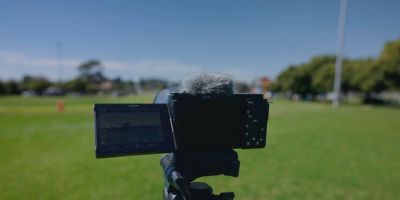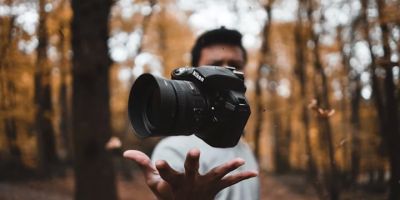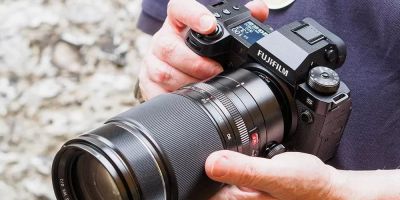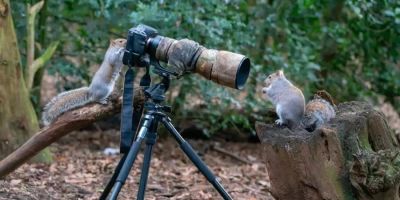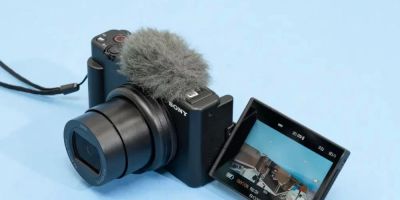- 1-Key-Features-for-Night-Street-Photography
- 2-Essential-Camera-Characteristics-for-Astrophotography
- 3-Sensor-Performance-and-Low-Light-Capabilities
- 4-Lens-Selection-for-Night-and-Astro-Shooting
- 5-Practical-Tips-for-Using-Your-Camera-Effectively
- 6-Real-World-Examples-from-Photographers
- 7-Finding-the-Right-Equipment-with-Photo-Studio
1. Key Features for Night Street Photography
Night street photography demands a camera capable of performing exceptionally well in low light while capturing sharp, vibrant images. A camera for night street photography and astrophotography enthusiasts must offer high ISO sensitivity with minimal noise, fast autofocus, and excellent image stabilization.
These features allow photographers to capture spontaneous street scenes illuminated by artificial light without motion blur or graininess. Additionally, a compact and durable body helps photographers maneuver through urban environments effortlessly, capturing the atmosphere and energy of the night.
Understanding these features ensures your camera can handle the dynamic challenges of night street shooting.
2. Essential Camera Characteristics for Astrophotography
Astrophotography presents a unique set of demands on camera performance. Enthusiasts require sensors with excellent dynamic range to capture faint stars and nebulae alongside brighter celestial bodies. Long exposure capabilities with low noise are critical for revealing the depth of the night sky.
A sturdy tripod mount and compatibility with remote shutter controls or intervalometers are also essential for reducing vibrations during long exposures. Additionally, the camera’s ability to shoot in RAW format provides maximum flexibility in post-processing, allowing astrophotographers to enhance details and colors.
Choosing a camera with these characteristics lays the foundation for breathtaking astrophotography.
3. Sensor Performance and Low-Light Capabilities
The heart of a camera’s suitability for night and astrophotography lies in its sensor. Full-frame sensors typically excel in low-light scenarios, offering larger pixel sizes and improved noise handling. Mirrorless cameras with back-illuminated sensors provide additional advantages in capturing more light efficiently.
High ISO performance, combined with advanced noise reduction technology, enables clear images at higher sensitivities. This performance reduces the need for excessively long exposures, minimizing star trails and motion blur in night sky shots.
Evaluating sensor specs critically will help you select a camera that meets the demands of both night street photography and astrophotography.
4. Lens Selection for Night and Astro Shooting
Choosing the right lens is as important as the camera body itself. For night street photography, fast prime lenses with wide apertures (f/1.4 to f/2.8) allow maximum light capture, enabling handheld shots in dim conditions. Wide-angle lenses help frame dramatic urban scenes and offer versatility in composition.
In astrophotography, ultra-wide lenses with wide apertures are preferred to capture expansive sky views and deep-sky objects. Lenses with minimal chromatic aberration and sharp edges ensure the stars remain crisp across the frame.
Combining your camera with quality lenses optimized for low light drastically improves your final images.
5. Practical Tips for Using Your Camera Effectively
Mastering your camera settings is crucial for success in night street and astrophotography. Use manual mode to control exposure, aperture, and ISO precisely. Employ the widest aperture possible to gather more light, and adjust ISO to balance brightness with noise levels.
Utilize a tripod to stabilize your camera during long exposures, especially for astrophotography. Consider using a remote shutter release or timer to prevent shake. Post-processing techniques such as stacking multiple exposures can further enhance image clarity and detail.
These practical steps empower photographers to unlock the full potential of their equipment in challenging lighting conditions.
6. Real-World Examples from Photographers
Alex, an avid night street photographer, shared how upgrading to a camera designed for low-light performance transformed his work. He captured vivid cityscapes and candid moments with remarkable clarity, even under dim street lamps.
Meanwhile, Emily, an astrophotography enthusiast, recounted her journey photographing the Milky Way using a full-frame mirrorless camera paired with a fast ultra-wide lens. Her images reveal stunning star detail and vibrant colors unseen to the naked eye.
These stories illustrate how the right camera for night street photography and astrophotography enthusiasts can elevate creative possibilities.
7. Finding the Right Equipment with Photo Studio
Choosing the perfect camera and accessories is simplified when you consult experts. Photo Studio offers a curated selection of cameras, lenses, and gear specifically suited for night street photography and astrophotography enthusiasts. Their knowledgeable staff helps match equipment to your skill level and creative goals.
Whether you’re a beginner looking to start your journey or an advanced photographer upgrading your kit, Photo Studio provides reliable products and support to ensure your photographic adventures succeed.

